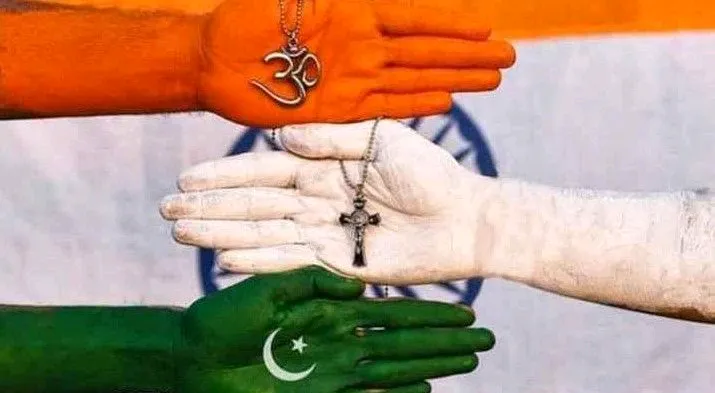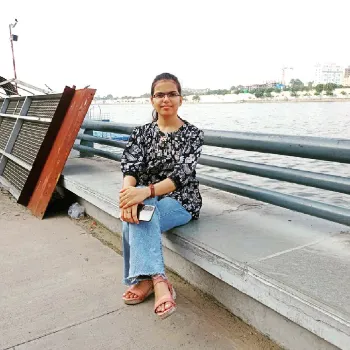DIVERSITY CANNOT BE EXPLAINED; IT CAN ONLY BE EXPERIENCED.
As was customary for the day, I was sleeping in my school bus on my way home on a brightly illuminated afternoon in 2019. Then I was abruptly awakened by the sounds of the first and second graders. Normally, they play with the same level of mischievousness, but on that particular day, their conversation penetrated deep. As he ran around the bus, one of the first-graders asked all of his classmates, "tu hindu hai ya musalman?" and, depending on their responses, he was doing "katti and batti" with each of them.We were four pupils from class 12th, and the bus carried all the children from class preschool to class second. Four of us began glancing at each other as we listened to their chat, but we were afraid to disturb them abruptly.
I told my sister the entire story at home, and we had a lengthy conversation about who would have taught the young toddler about religious differences. In the end, we came to the conclusion that we must give them an experience in order to instill a sense of appreciation for different religions, races, languages, and cultures. "What is Diversity?" is the first chapter taught in political science when social studies is added as a topic in sixth grade. But regrettably, pupils are only meant to mug up.
I've had the good fortune to experience many different aspects of this varied India. I'm grateful to have been to seven schools and six cities!
I completed my first schooling at VAPI, which is located in the Valsad district of South Gujarat. You may be familiar with this industrial town if you have visited Silvassa, Daman, or Udwada. From kindergarten to third grade, I studied here, and I have sacks of memories associated with this place. I attended a kindergarten called "Sunflower" in L.KG., and Miss Salima, who would have been 22 or 23 at the time, was my class teacher. She was a very lovely and compassionate woman.Every time I did well at something, she would draw a star behind my palm with a crimson pen. Reciting rhymes with us used to be the most engaging aspect of her instruction. 'Chubby chicks- dimple chin, Teddy bear-teddy bear turn around or Humpty-Dumpty went...
I told my sister the entire story at home, and we had a lengthy conversation about who would have taught the young toddler about religious differences. In the end, we came to the conclusion that we must give them an experience in order to instill a sense of appreciation for different religions, races, languages, and cultures. "What is Diversity?" is the first chapter taught in political science when social studies is added as a topic in sixth grade. But regrettably, pupils are only meant to mug up.
I've had the good fortune to experience many different aspects of this varied India. I'm grateful to have been to seven schools and six cities!
I completed my first schooling at VAPI, which is located in the Valsad district of South Gujarat. You may be familiar with this industrial town if you have visited Silvassa, Daman, or Udwada. From kindergarten to third grade, I studied here, and I have sacks of memories associated with this place. I attended a kindergarten called "Sunflower" in L.KG., and Miss Salima, who would have been 22 or 23 at the time, was my class teacher. She was a very lovely and compassionate woman.Every time I did well at something, she would draw a star behind my palm with a crimson pen. Reciting rhymes with us used to be the most engaging aspect of her instruction. 'Chubby chicks- dimple chin, Teddy bear-teddy bear turn around or Humpty-Dumpty went...




